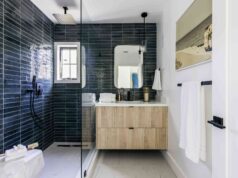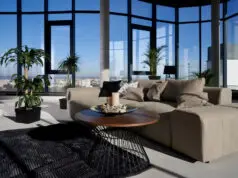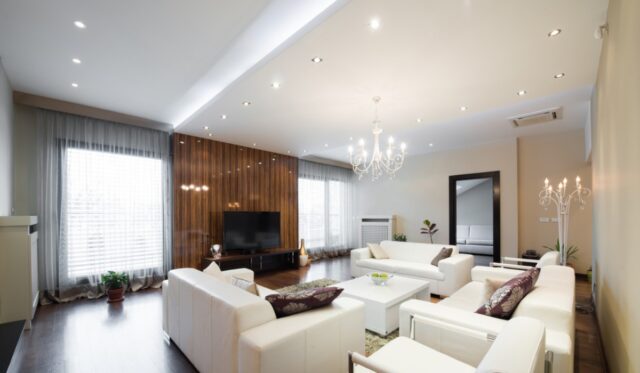
Lighting is more than just a functional necessity in our homes. It’s an essential tool in the interior designer’s toolkit, capable of transforming spaces, creating ambiance, and highlighting the beauty of your decor.
Types of Lighting
Every room in your home requires a mix of different Home Decor and Lighting types to create a balanced and functional space.
- Ambient Lighting: This is the primary source of light in a room, often coming from ceiling fixtures. It provides overall illumination, setting the tone and mood of the space.
- Task Lighting: As the name suggests, task lighting focuses on specific tasks. Think of reading lamps or under-cabinet lights in the kitchen. They’re brighter and more concentrated, ensuring you can see what you’re doing clearly.
Color Temperature Spectrum
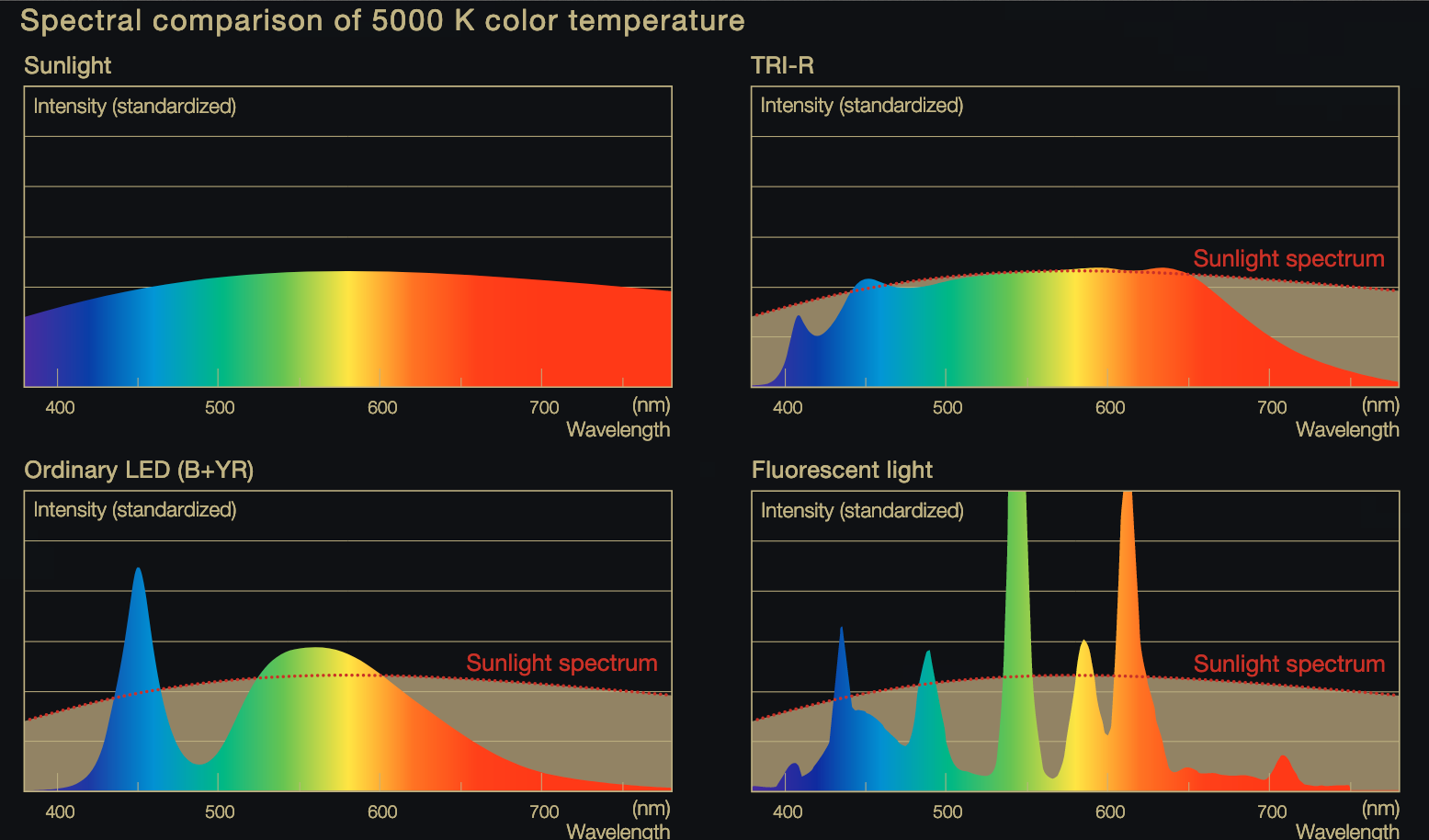
Color temperature plays a pivotal role in setting the mood of a room.
Warm White – Color Temperature Range: 2700K – 3000K
Warm white light falls within the lower range of color temperatures. It produces a cozy and inviting ambiance similar to the soft glow of a fireplace or candlelight.
This type of lighting is often associated with relaxation and comfort, making it suitable for spaces like living rooms and bedrooms where you want to create a warm and soothing atmosphere.
Cool White – Color Temperature Range: 3500K – 4100K
Description: Cool white light is in the higher range of color temperatures and emits a neutral and brighter white light. It is often used in areas where clarity and visibility are important, such as kitchens, bathrooms, and workspaces.
The cooler and more intense light can help with tasks that require focus and attention to detail.
Why is Lighting Important?

Lighting is the unsung hero of interior design. It can make or break the aesthetics of a room, influencing how colors, textures, and spaces are perceived.
Enhancing Room Dimensions
Strategic lighting can make a room feel larger or cozier, depending on the desired effect.
- Uplighting: By directing light upwards, you can make a room feel more spacious. This technique is often used in rooms with high ceilings to accentuate the height.
- Downlighting: Focusing light downwards can create an intimate, cozy ambiance, perfect for smaller spaces or areas where you want to create a sense of closeness.
Highlighting Decorative Elements
Every room has standout features, be it a piece of art, a beautiful piece of furniture, or architectural details.
Accent Lighting
This is all about drawing attention. By illuminating specific objects or areas, you can make them the focal point of the room.
Layered Lighting
Combining multiple light sources at different levels creates depth and drama, ensuring that every decorative element gets its moment in the spotlight.
Practical Tips
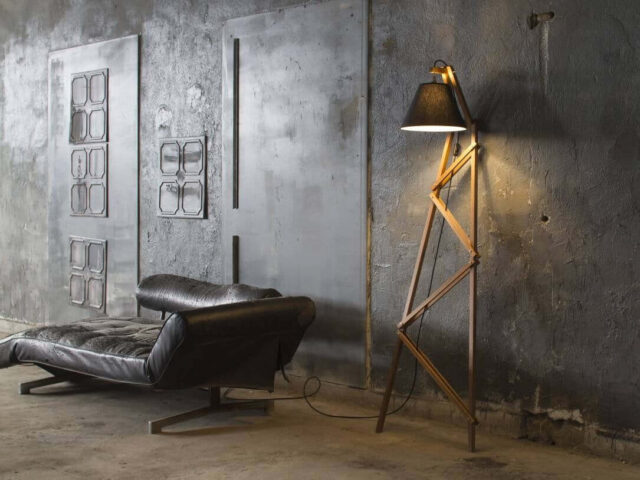
Choosing the Right Fixtures
The design of the light fixture itself can be a significant decor element.
Chandeliers, oversized pendant lights, or unique floor lamps can serve as the centerpiece of a room, drawing attention and admiration.
Subtle Enhancements
Sometimes, less is more. Recessed lighting or sleek, minimalist fixtures can provide the necessary illumination without overshadowing other decor elements.
The Magic of Dimmers
Dimmers are a game-changer in home decor, offering unparalleled flexibility.
With a dimmer, you can instantly transform the ambiance of a room. From bright and energetic during the day to soft and romantic in the evening, the control is in your hands.
Beyond aesthetics, dimmers can also reduce energy consumption, making them a win-win for both style and sustainability.
Use Shadows and Highlights to Create Depth and Interest

Just as a painter uses light and shadow to bring depth to a canvas, so too can homeowners use lighting to create contrast and intrigue in their spaces. Understanding the interplay between light and dark is essential in achieving a well-balanced decor.
The Role of Shadows
Shadows aren’t something to be feared or avoided in interior design; they’re a tool. When used intentionally, shadows can create a sense of depth, mystery, and drama in a space.
For instance, a strategically placed floor lamp can cast a beautiful silhouette of a potted plant or sculpture, turning an ordinary object into a striking focal point.
Moreover, shadows can also add texture to a room, especially when they play off textured surfaces like a brick wall or a decorative screen. Embracing shadows means understanding their value in creating a multi-dimensional space.
Highlights: Drawing Attention Where It Matters
While shadows add depth, highlights bring attention. By illuminating specific areas or objects, you can guide the viewer’s eye and emphasize the elements you’re most proud of. This could be a stunning piece of artwork, a beautifully set dining table, or an architectural feature.
Accent lighting, such as spotlights, track lighting, or even candles, can be used to create these highlights. The key is to ensure the light source is brighter than its surroundings, making the highlighted object stand out.
Balancing the Two for Cohesion
A room that’s too bright can feel sterile, while one that’s too dark can seem oppressive. Striking the right balance between shadows and highlights is crucial. This doesn’t mean equal parts of both, but rather a harmonious blend that suits the room’s purpose and aesthetic.
For instance, a cozy reading nook might benefit from more shadows and softer lighting, while a home office might require brighter, more even illumination. Observing how light interacts with your space at different times of the day can provide valuable insights into achieving this balance.
Lighting Techniques for Different Rooms
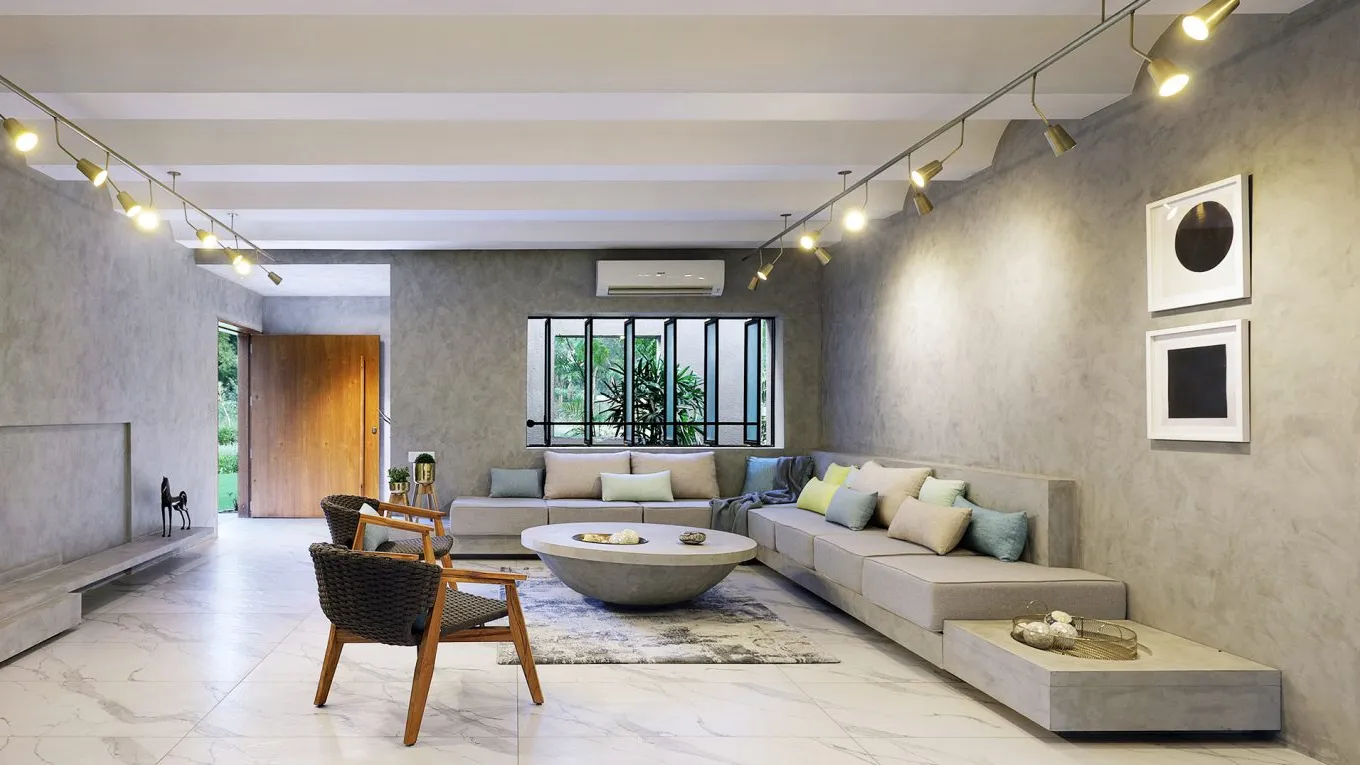
Every room in your home serves a unique purpose, and the lighting should reflect that. By tailoring your techniques to each room’s function, you can enhance its utility and aesthetic appeal.
Living Room: Creating a Welcoming Ambiance
The heart of the home deserves special attention. The living room is often where families gather, guests are entertained, and relaxation occurs. As such, it requires a versatile lighting scheme.
Ambient lighting, like ceiling-mounted fixtures or floor lamps, sets a warm base. Task lighting, perhaps in the form of table lamps or reading lights, can be added for activities like reading.
Accent lighting, like track lights or wall sconces, can highlight artwork, bookshelves, or architectural details. By combining these layers, you create a living room that’s both functional and inviting.
Kitchen
The kitchen is a workspace, but it’s also a place of beauty and gathering. Bright, even ambient lighting is essential, often achieved with overhead fixtures. Task lighting, like under-cabinet lights, illuminates countertops for safe food preparation.
Pendant lights over islands or dining areas add style and additional illumination. And don’t forget accent lighting: inside glass-front cabinets or above cabinets, it can showcase beautiful dishware or add a touch of drama.
Bedroom: Prioritize Relaxation and Intimacy
The bedroom is a haven, a place to unwind. Ambient lighting should be soft and diffused, perhaps through a dimmable ceiling fixture or wall sconces.
Bedside lamps provide task lighting for reading, while accent lights can highlight artwork or architectural features.
Choosing bulbs with a warmer color temperature can enhance the sense of relaxation. Additionally, consider smart bulbs or fixtures with adjustable settings, allowing you to tailor the lighting to your mood or activity.
The Bottom Line

In conclusion, lighting is a powerful tool in home decor. It’s not just about illuminating a space but about enhancing its beauty, functionality, and emotional impact. By understanding different principles and techniques, homeowners can transform their homes into well-lit masterpieces that resonate with style and comfort.




